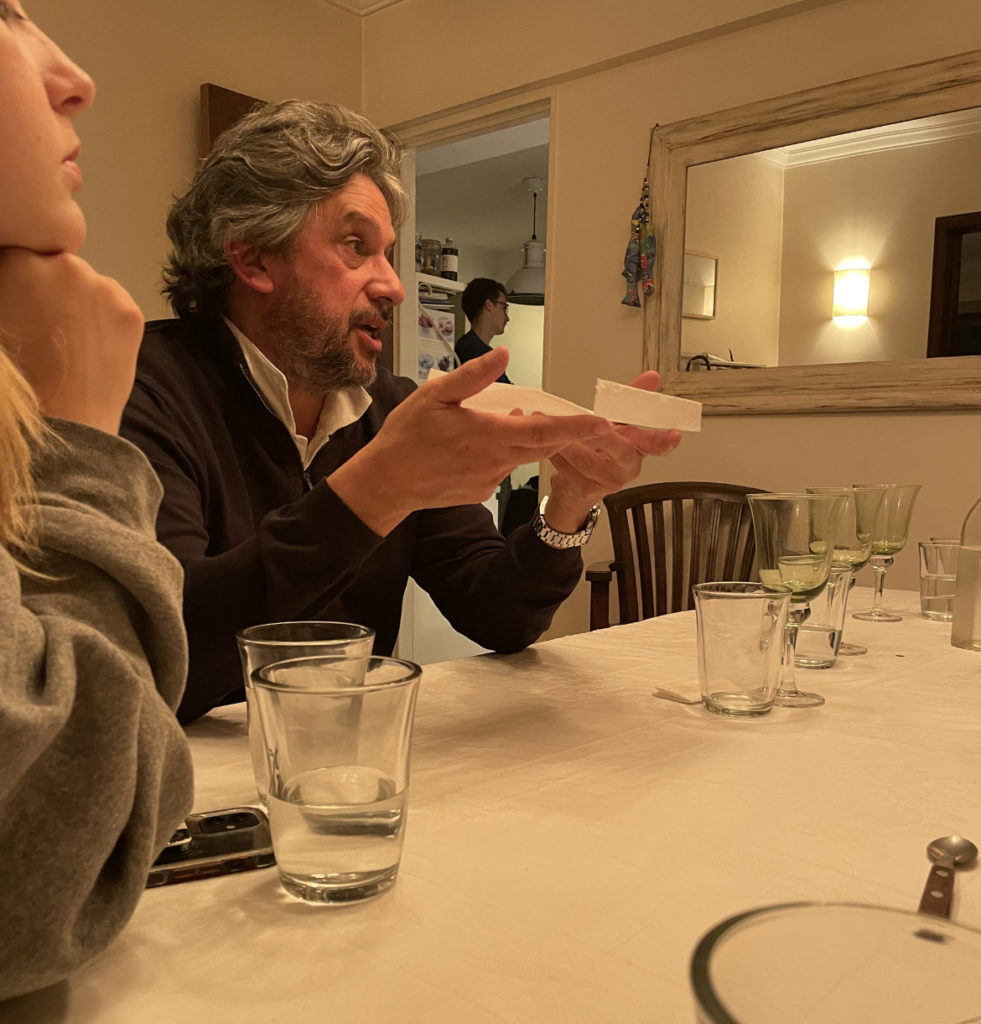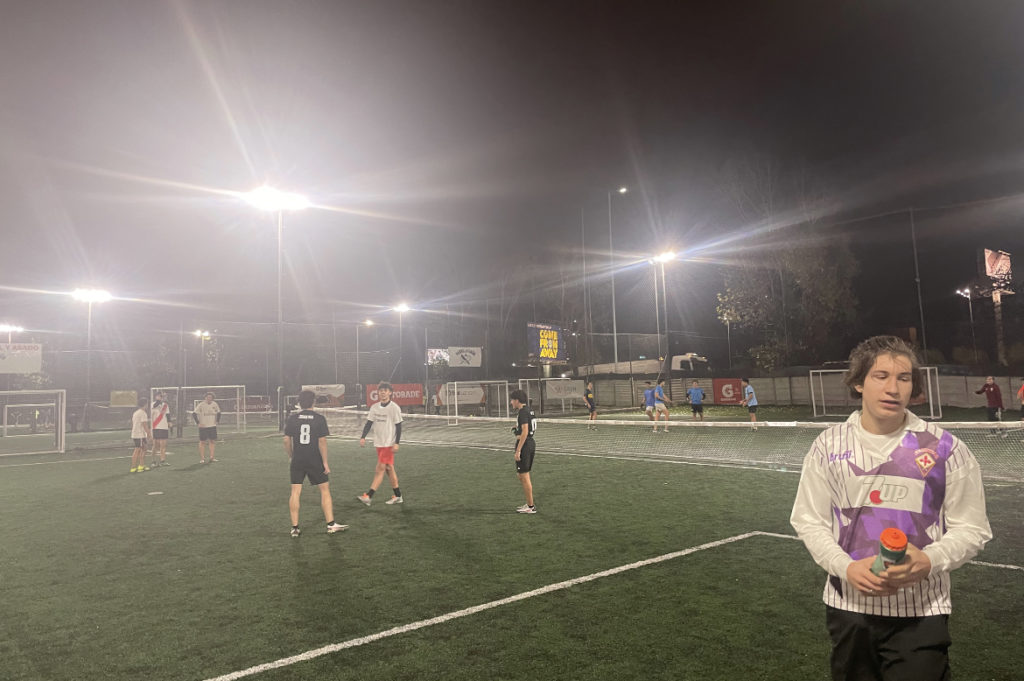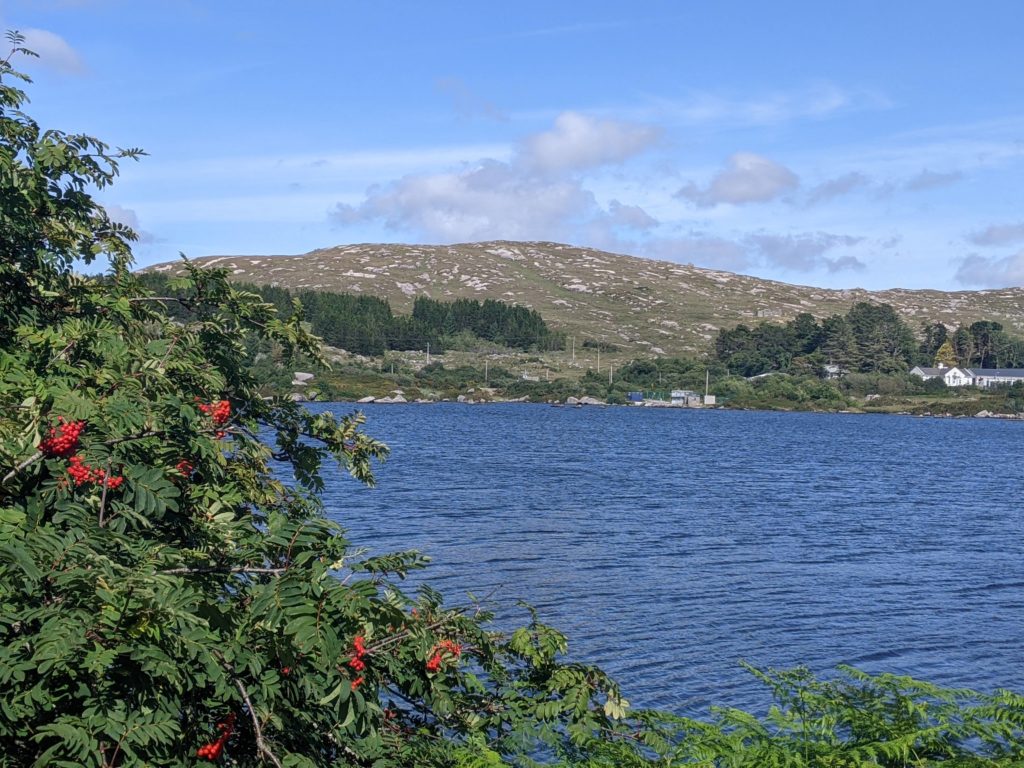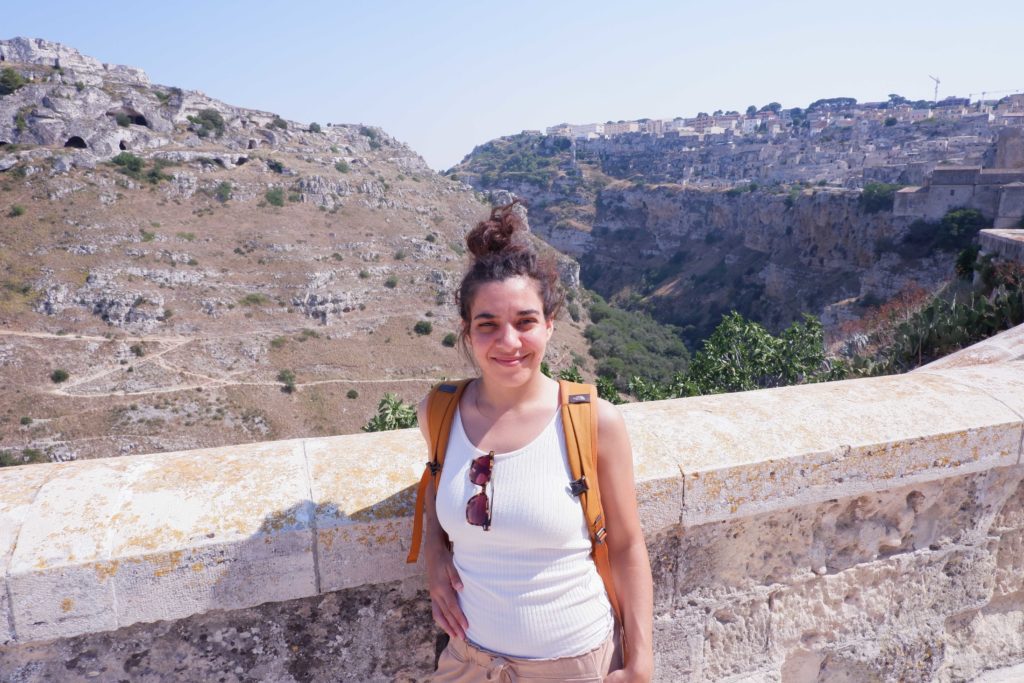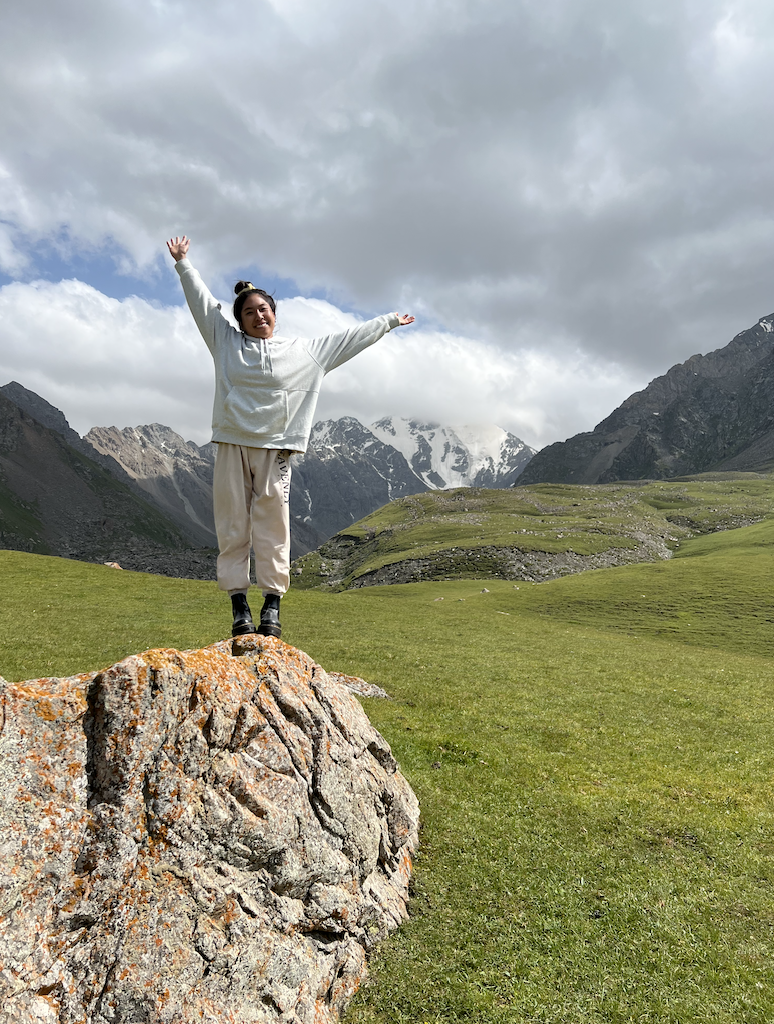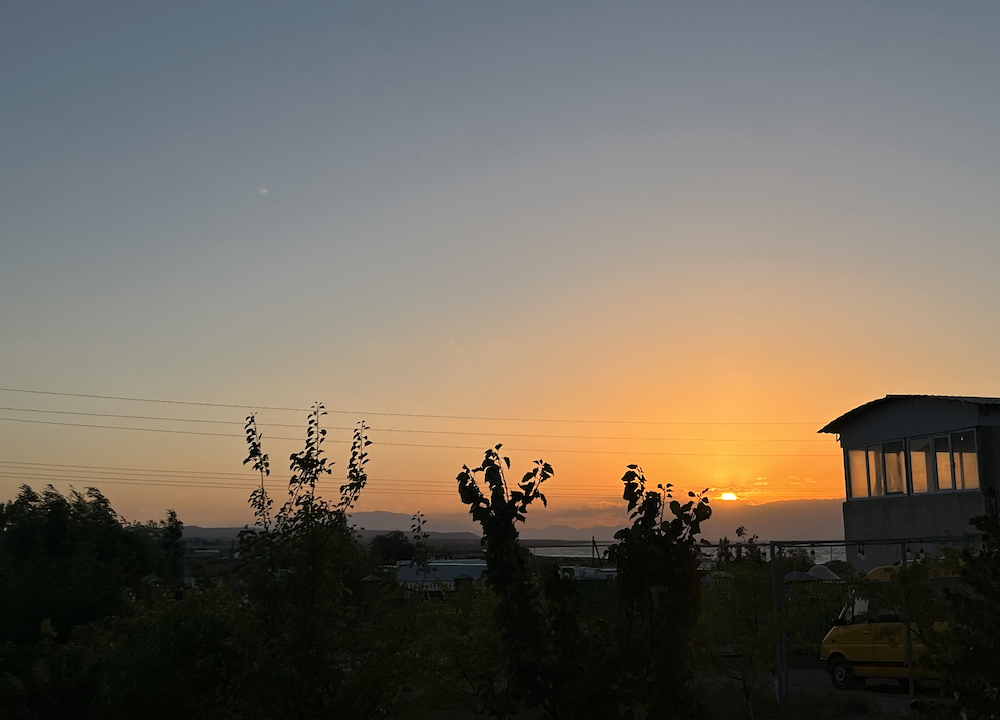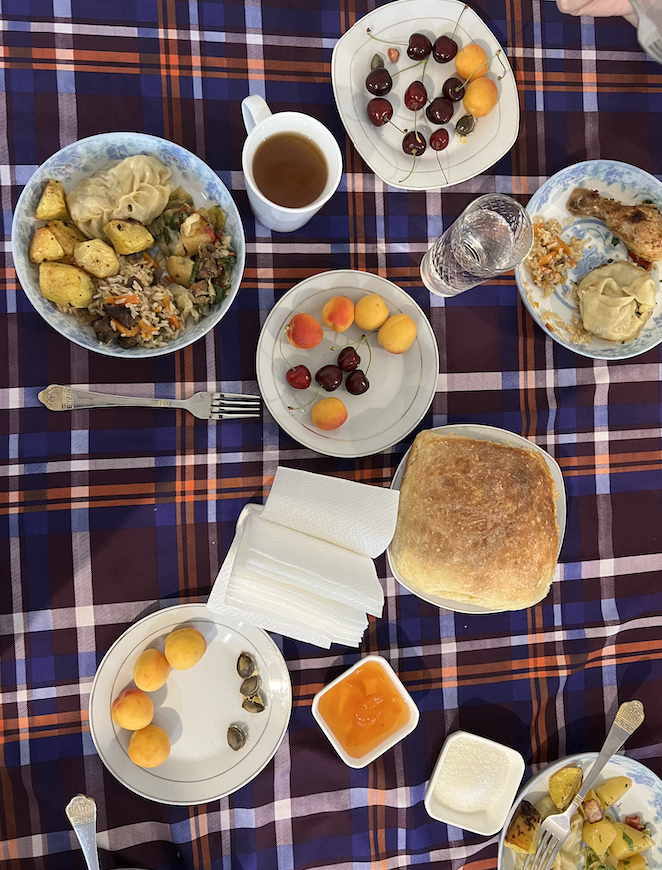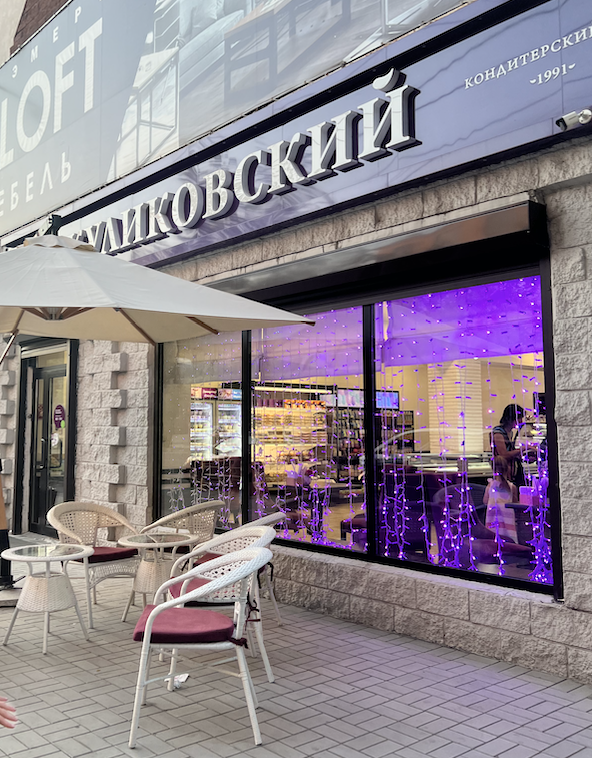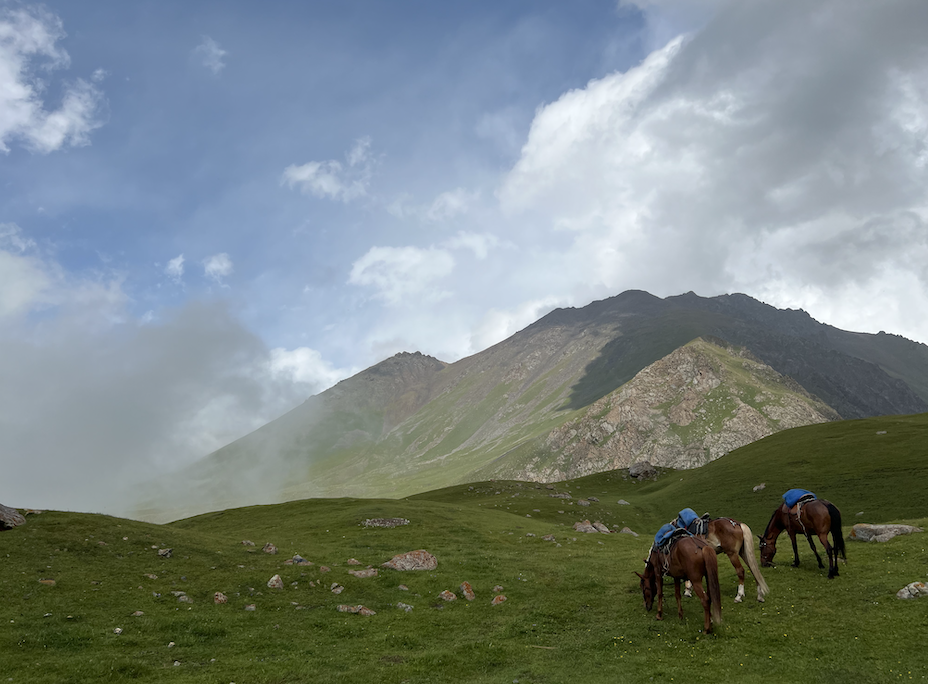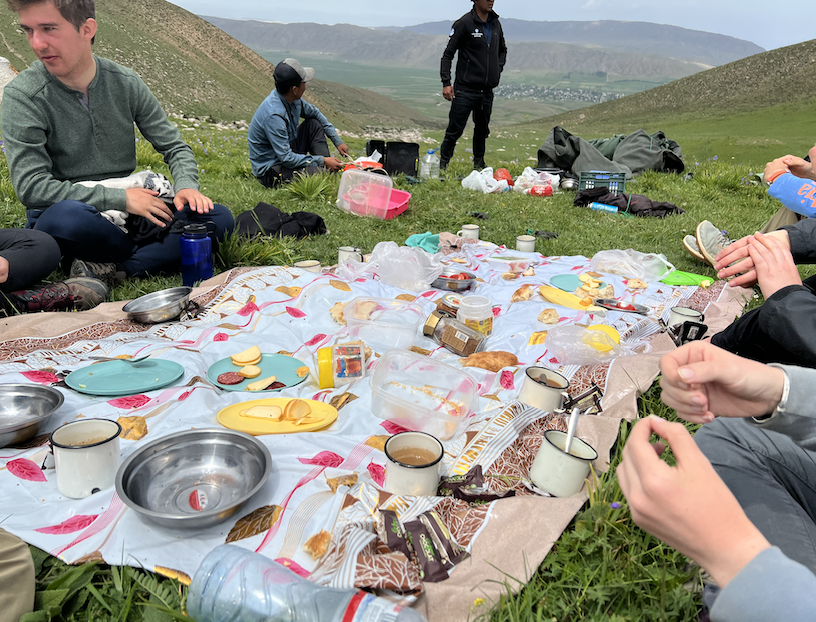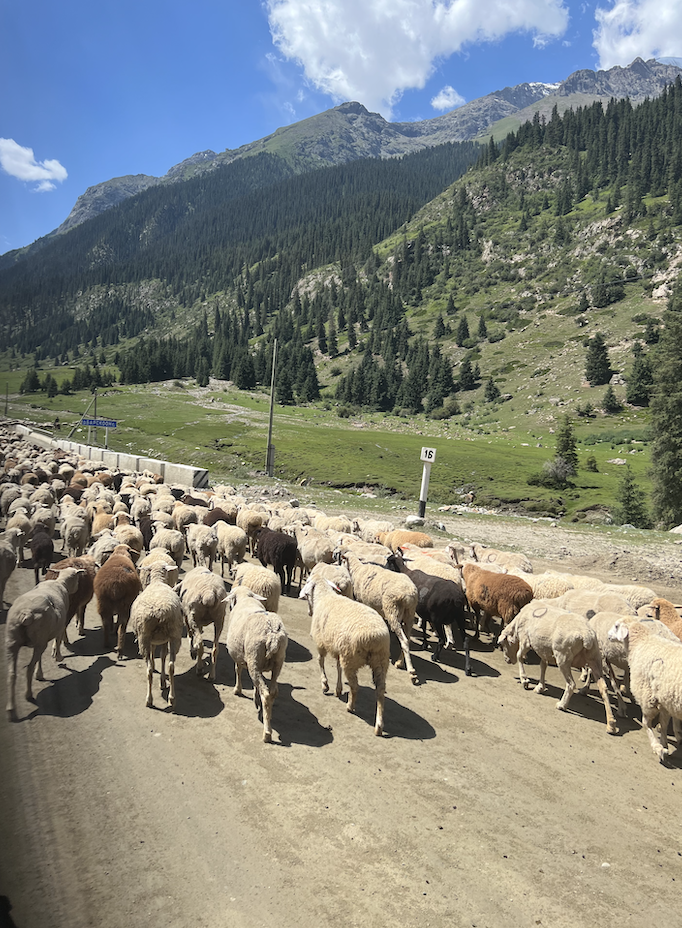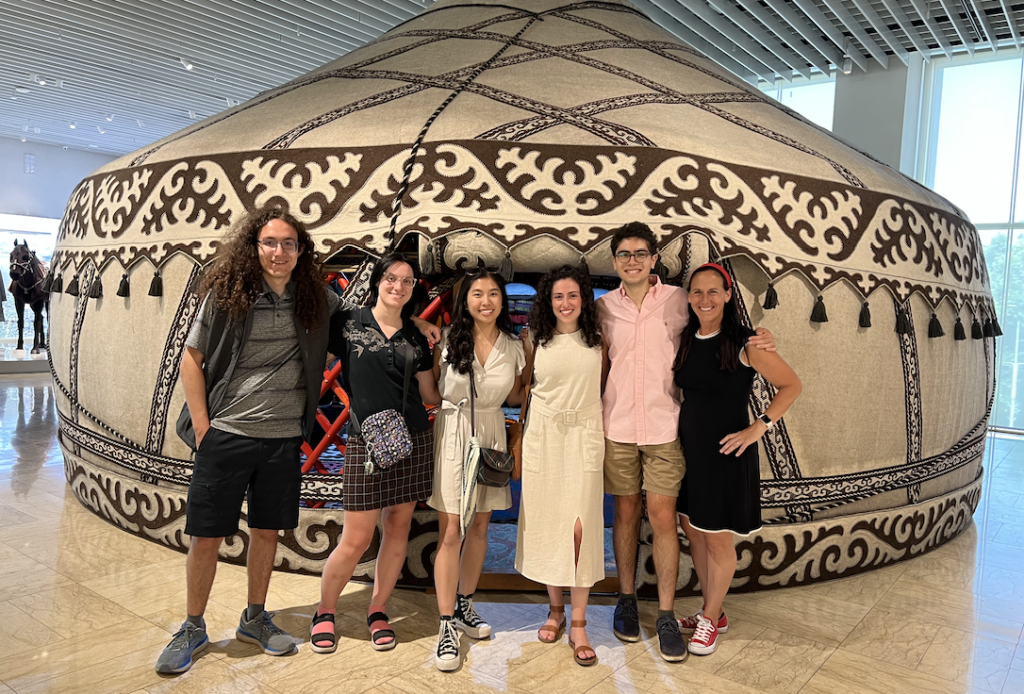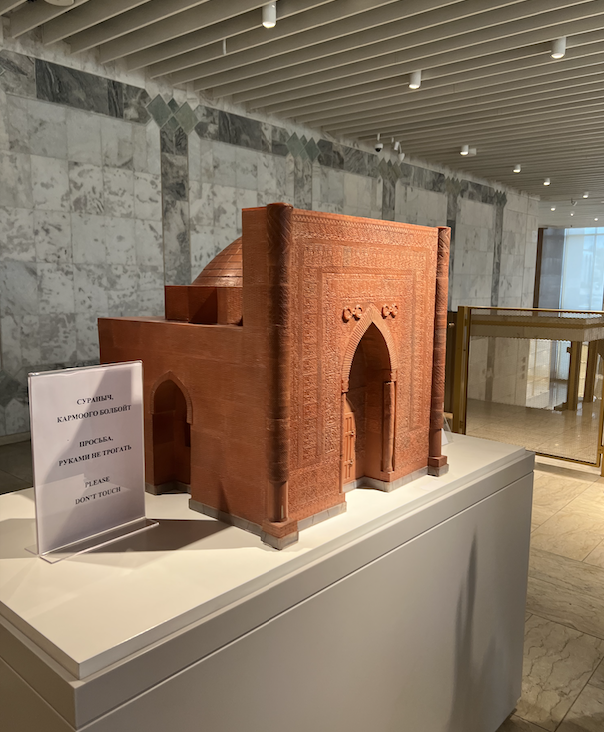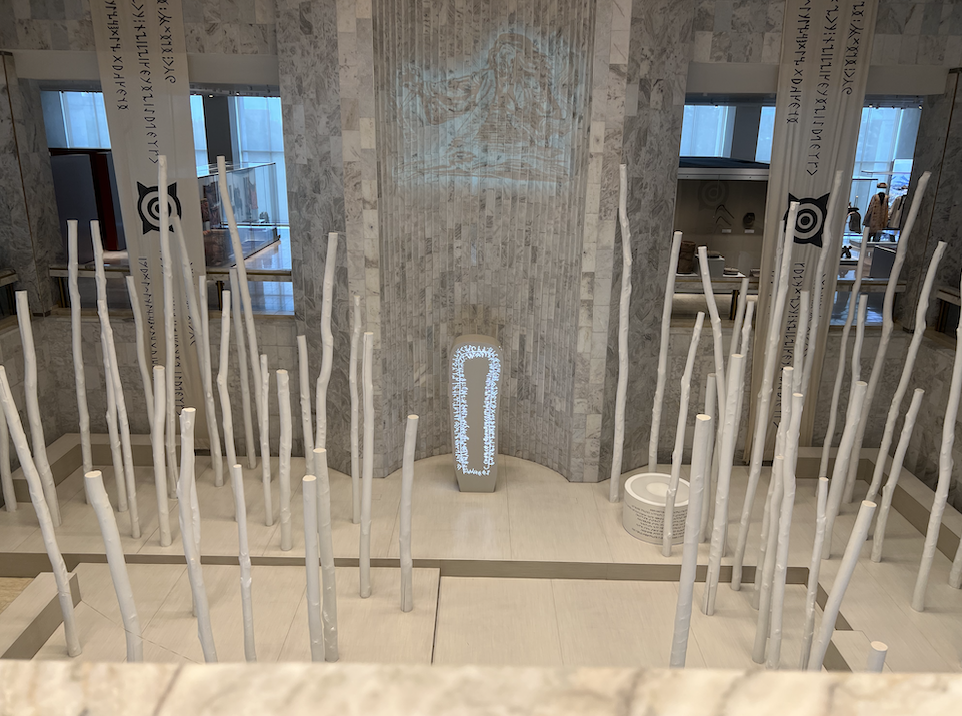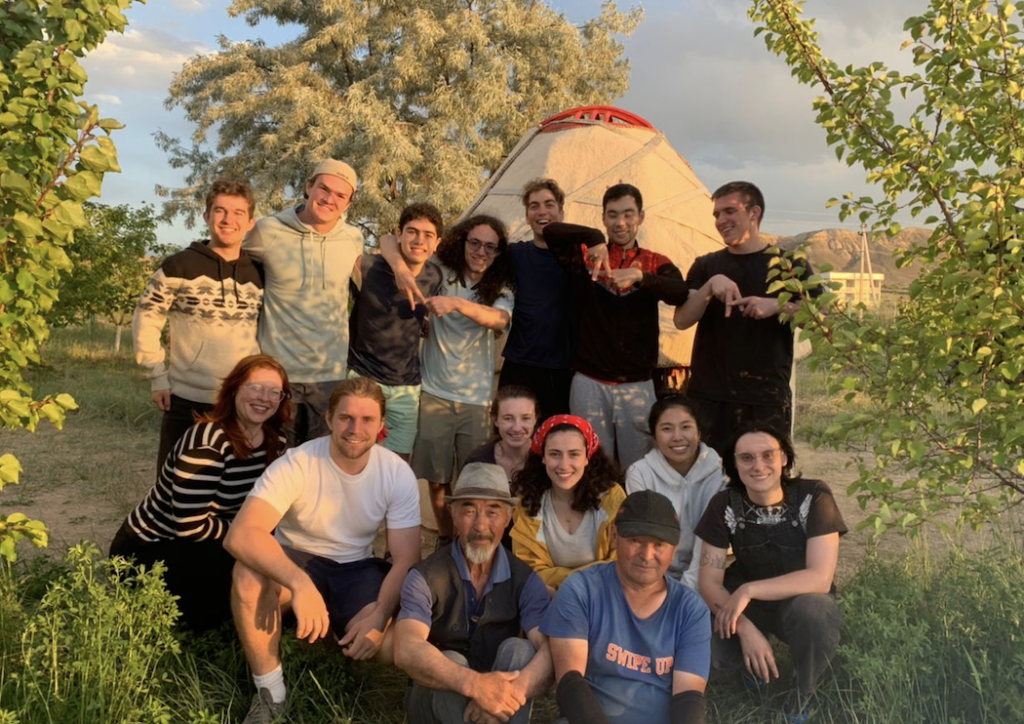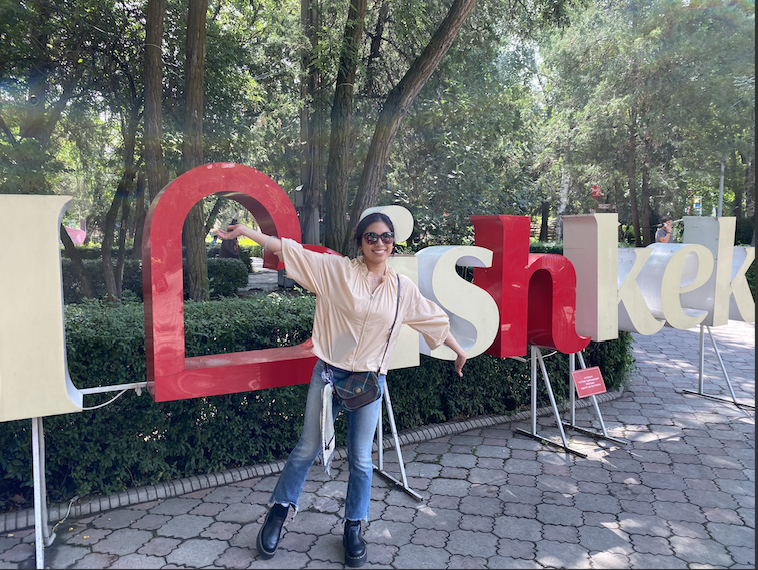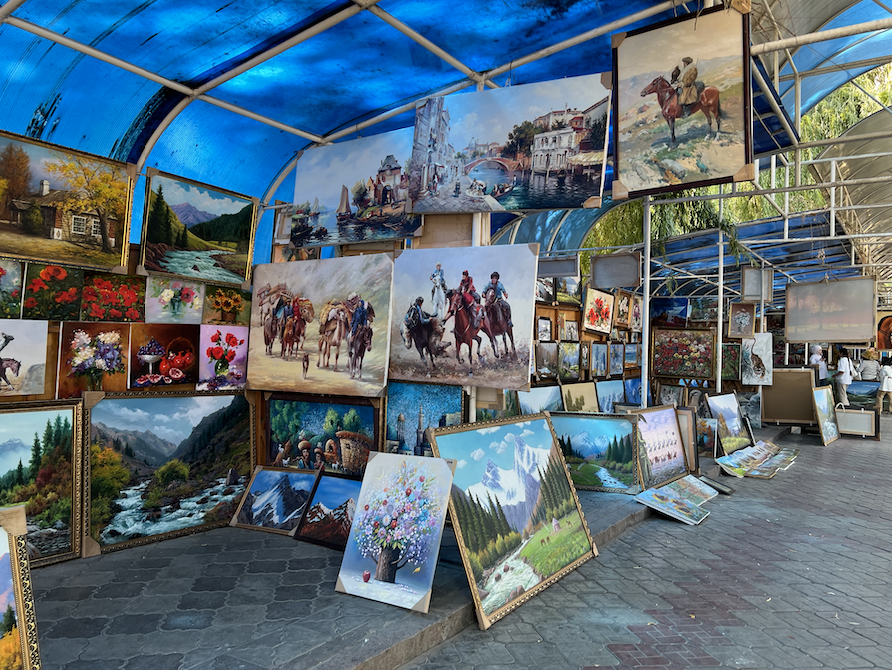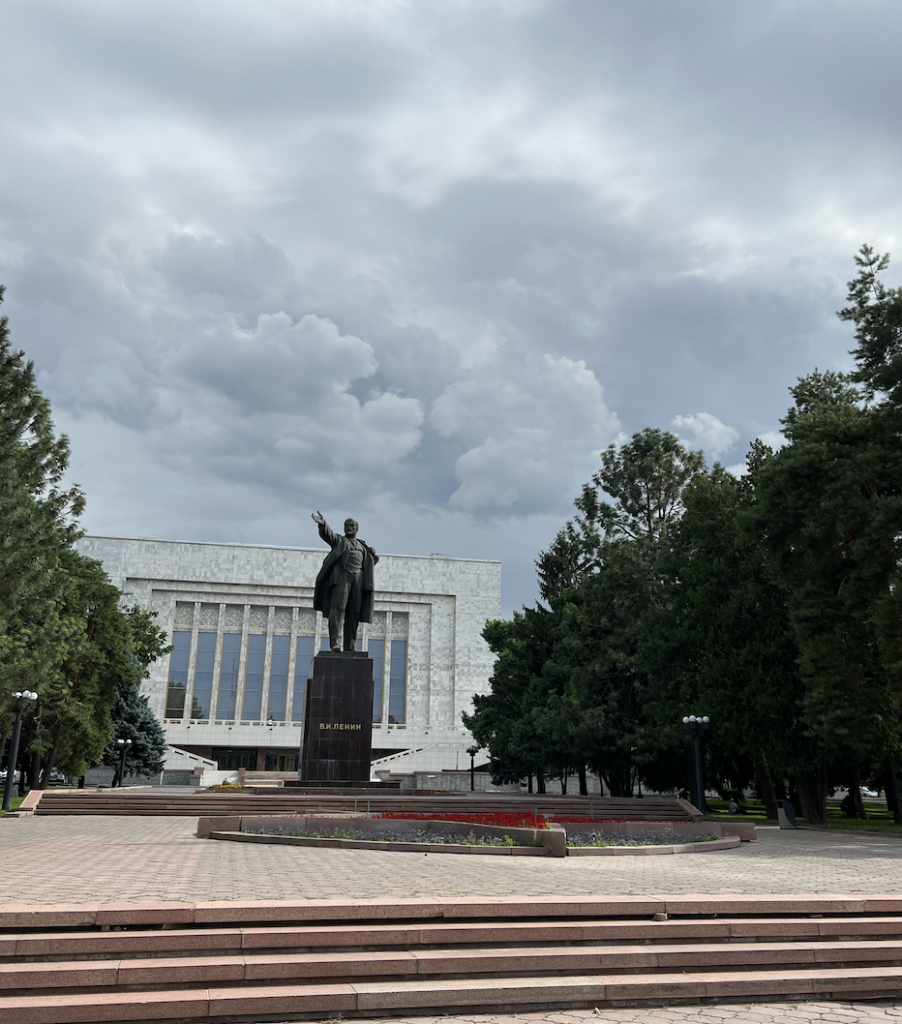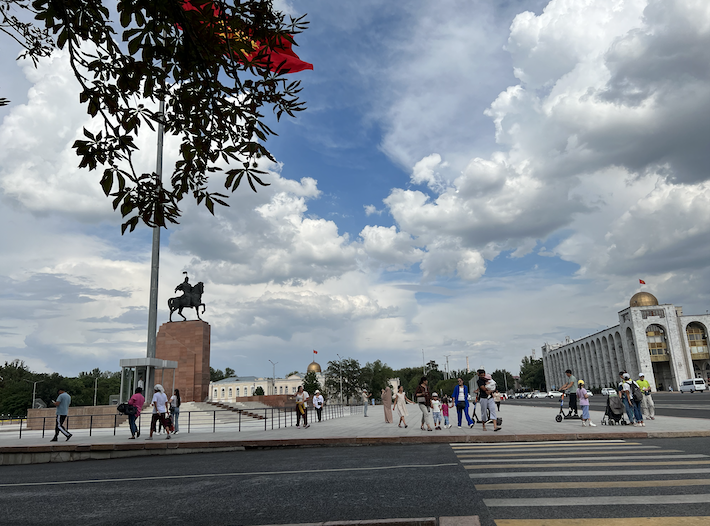One drink that is a staple in Argentinian culture is mate, an herbal beverage prepared from dried Yerba mate leaves. Mate is traditionally prepared in a mate mug made from calabash gourd and silver and consumed through a silver straw, but nowadays it is more commonly prepared in different receptacles. The drink is characteristic of Argentinians, Uruguayans, Brazilians, and Chileans because of the uniqueness of the Mate plant. Only growing in the regions surrounding Iguazu, a territory between Argentina and Brazil, the mate plant is cherished among many South American cultures. Gauchos, the people who live in the Argentine countryside, are particularly known for their consumption of mate.
I was able to enjoy mate in a cafe within walking distance of my homestay. Intrigued by the prevalence and mystery of this drink, I asked the waitress to explain the history of mate and the specific mate rituals that many Argentinians partake in everyday with friends and family. Flor, the waitress I spoke to, explained to me that drinking mate in Argentina is an extremely social activity that involves everyone. It is prepared in one mug and consumed through one straw by all people involved. After the mate is prepared, it is important that the straw remains in place so as to not stir the herbs and ruin the beverage’s texture. Mate is served hot and contains significant amounts of caffeine.
Flor explained that, while in Argentina drinking mate is mostly a social activity, in other countries, drinking mate can take different forms. For example, she says that some Uruguayans drive their cars with a hot water flask tucked into their arm and a mate mug underneath so that they can prepare mate while driving. For many South Americans, mate is an integral part of their daily routines.
My experience with mate was a really good one. The taste of mate was very strong and unique, so I cannot compare it to anything I have tasted before. However, I can say that I really enjoyed drinking it throughout my trip and the conversations I had while passing around the mate mug!
